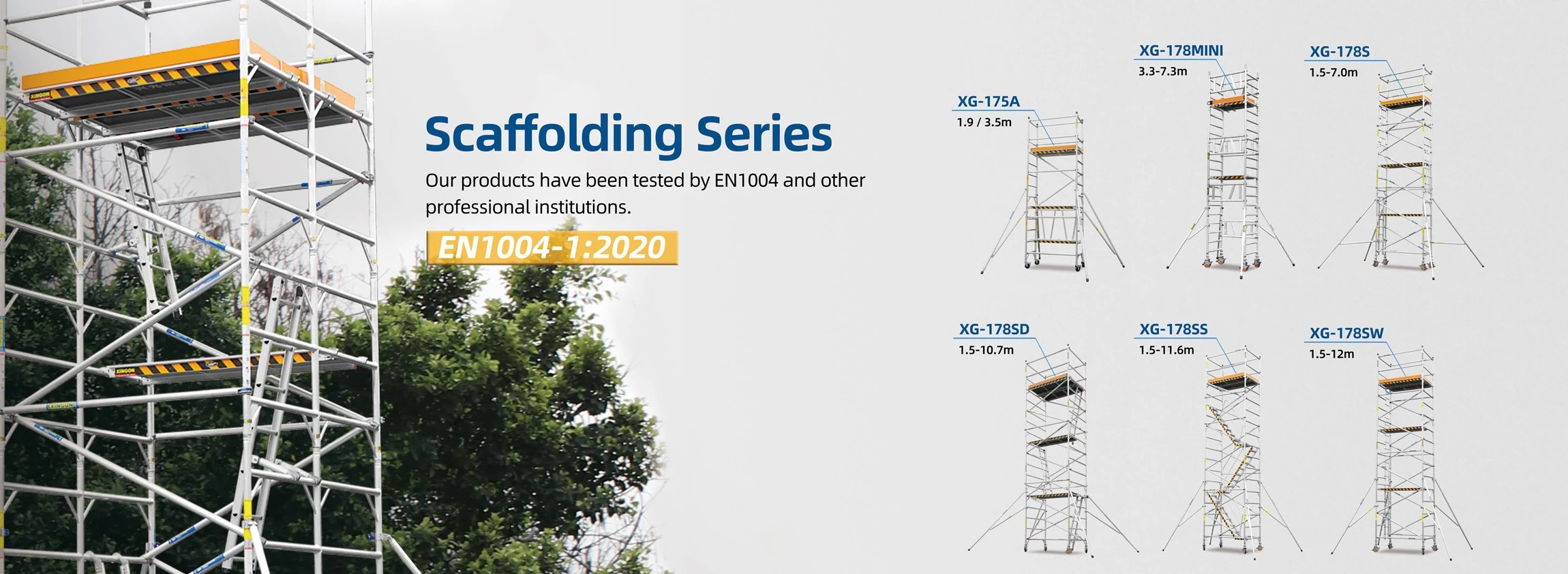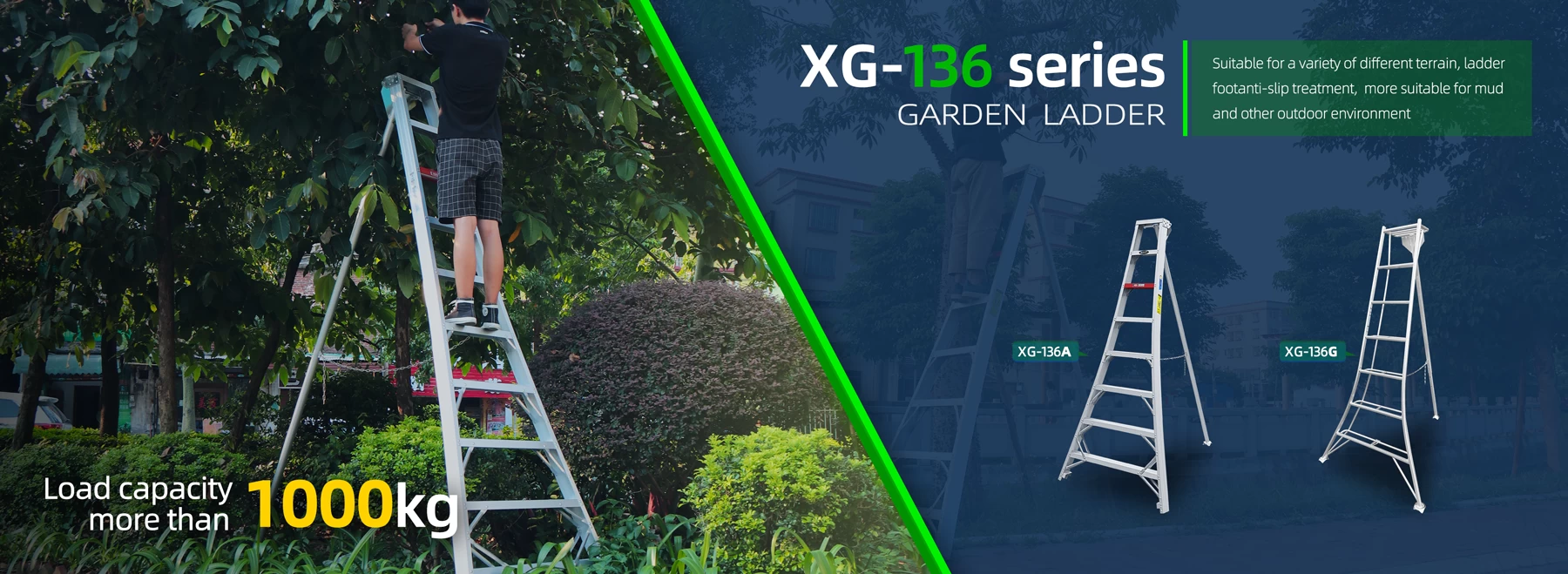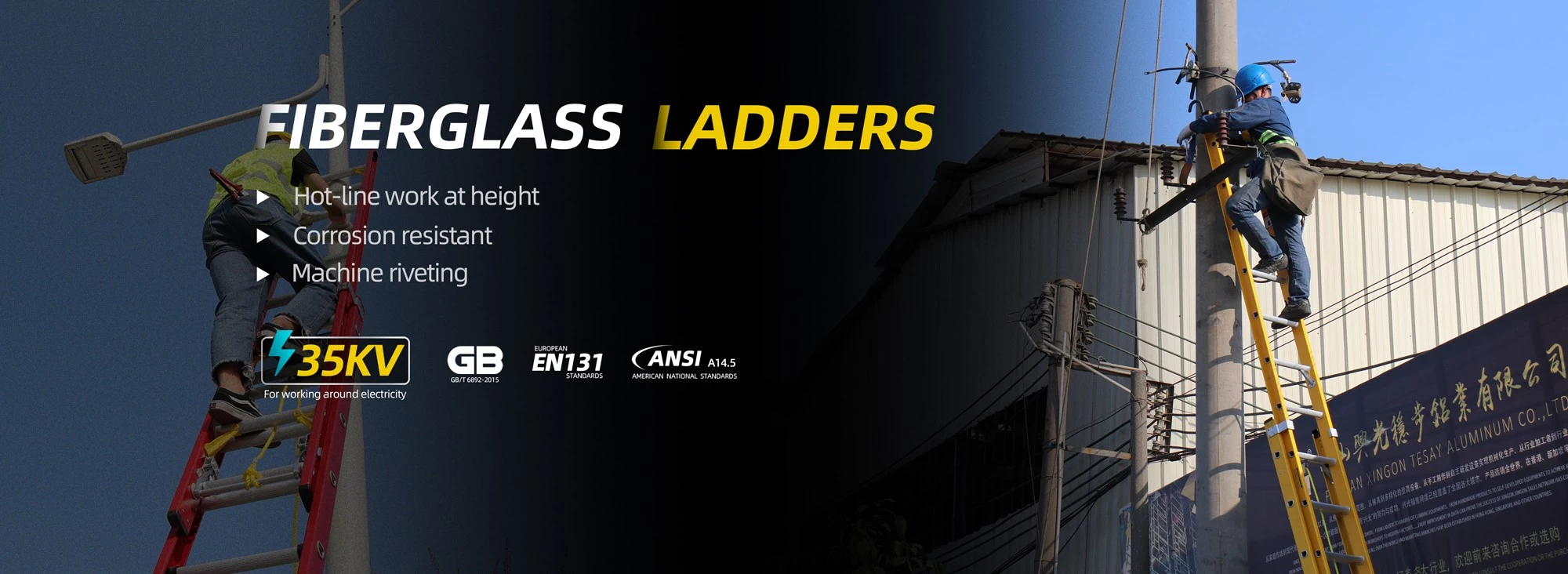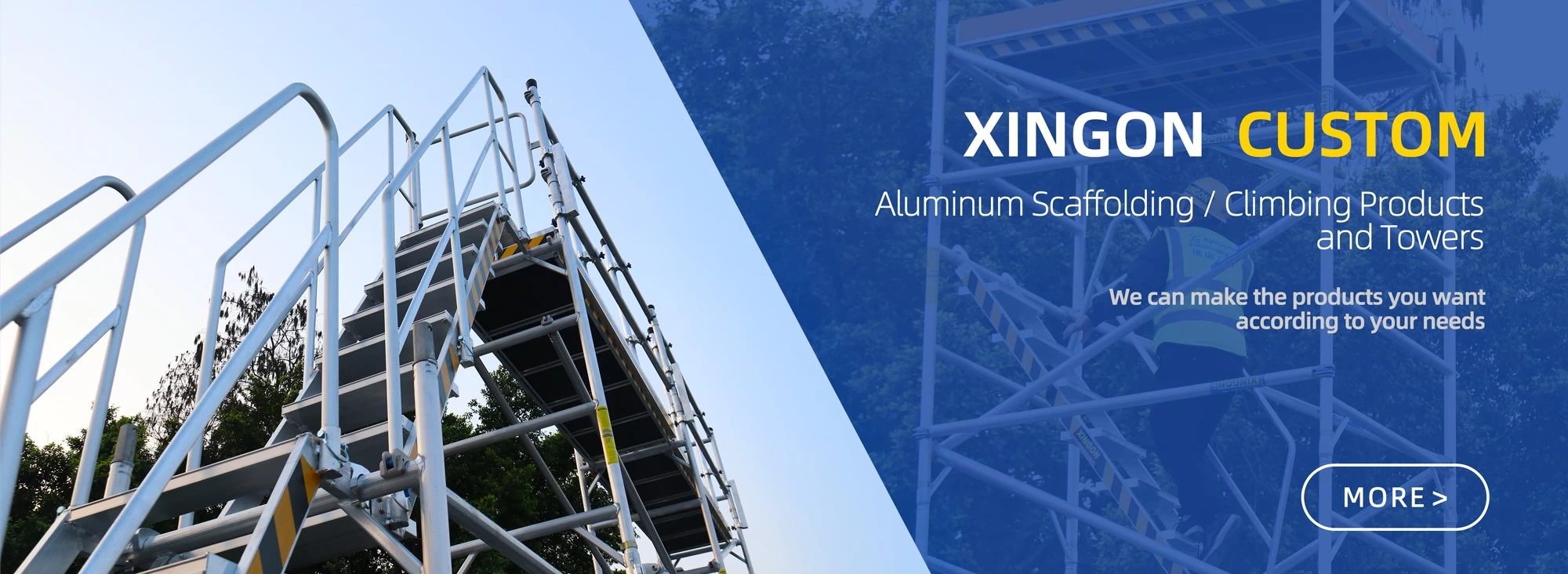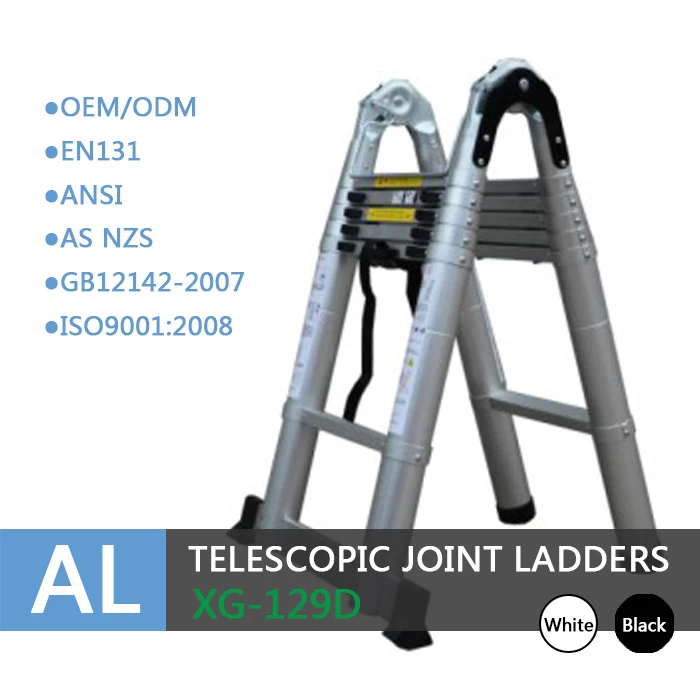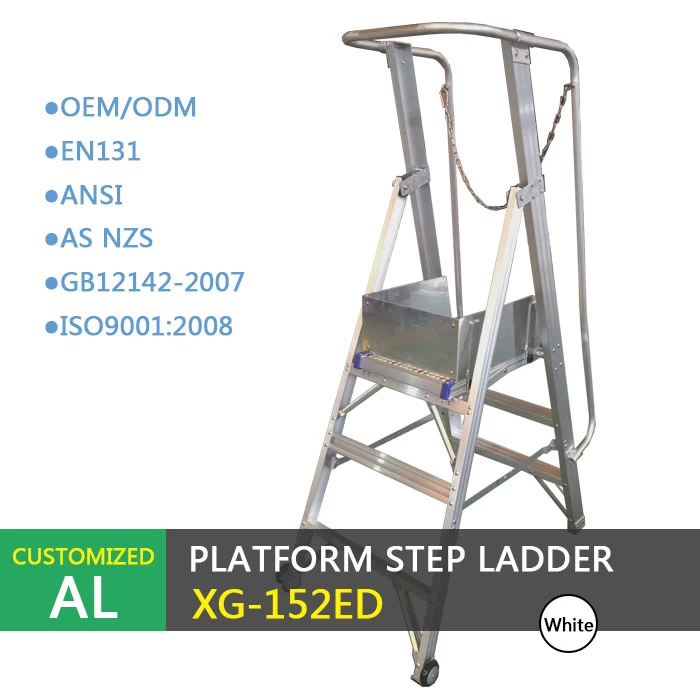-
User instructions-Before use
-
a) ensure that you are fit enough to use a ladder. Certain medical conditions or medication, alcohol or drug abuse could make ladder use unsafe;
b) when transporting ladders on roof bars or in a truck, ensure they are suitably placed to prevent damage;
c) inspect the ladder after delivery and before first use to confirm condition and operation of all parts;
d) visually check the ladder is not damaged and is safe to use at the start of each working day when the ladder is to be used;
e) for professional users regular periodic inspection is required;
f) ensure the ladder is suitable for the task;
g) do not use a damaged ladder;
h) remove any contamination from the ladder, such as wet paint, mud, oil or snow;
i) before using a ladder at work a risk assessment should be carried out respecting the legislation in the country of use.
-
User instructions-Positioning and erecting the ladder
-
a) ladder shall be erected at the correct position, such as the correct angle for a leaning ladder (angle of inclination approximately 1:4) with the rungs or treads level and complete opening of a standing ladder;
b) locking devices, if fitted, shall be fully secured before use;
c) ladder shall be on an even, level and unmoveable base;
d) leaning ladder should lean against a flat non-fragile surface and should be secured before use, e.g. tied or use of a suitable stability device;
e) ladder shall never be repositioned from above;
f) when positioning the ladder take into account risk of collision with the ladder e.g. from pedestrians,vehicles or doors. Secure doors (not fire exists) and windows where possible in the work area;
g) identify any electrical risks in the work area, such as overhead lines or other exposed electrical equipment;
h) ladder shall be stood on its feet, not the rungs or steps;
i) ladders shall not be positioned on slippery surfaces (such as ice, shiny surfaces or significantly contaminated solid surfaces) unless additional effective measures are taken to prevent the ladder slipping or ensuring contaminated surfaces are sufficiently clean.
-
User instructions-Using the ladder
-
a) do not exceed the maximum total load for the type of ladder;
b) do not overreach; user should keep their belt buckle (navel) inside the stiles and both feet on the same step/rung throughout the task;
c) do not step off a leaning ladder at a higher level without additional security, such as tying off or use of a suitable stability device;
d) do not use standing ladders for access to another level;
e) do not stand on the top three steps/rungs of a leaning ladder;
f) do not stand on the top two steps/rungs of a standing ladder without a platform and hand/knee rail;
g) do not stand on the top four steps/rungs of a standing ladder with an extending ladder at the top;
h) ladders should only be used for light work of short duration;
i) use non-conductive ladders for unavoidable live electrical work;
j) do not use the ladder outside in adverse weather conditions, such as strong wind;
k) take precautions against children playing on the ladder;
l) secure doors (not fire exits) and windows where possible in the work area;
m) face the ladder when ascending and descending;
n) keep a secure grip on the ladder when ascending and descending;
o) do not use the ladder as a bridge;
p) wear suitable footwear when climbing a ladder;
q) avoid excessive side loadings e.g. drilling brick and concrete;
r) do not spend long periods on a ladder without regular breaks (tiredness is a risk);
s) leaning ladders used for access to a higher level should be extended at least 1 m above the landing point;
t) equipment carried while using a ladder should be light and easy to handle;
u) avoid work that imposes a sideways load on standing ladders, such as side-on drilling through solid materials (e.g. brick or concrete);
v) maintain a handhold whilst working from a ladder or take additional safety precautions if you cannot.
-
User instructions-Repair, maintenance and storage
-
Repairs and maintenance shall be carried out by a competent person and be in accordance with the producer’s instructions.
Ladders should be stored in accordance with the producer's instructions.


